The proposal of South China Historical Trial has received the recognition from people in different areas. From Diplomat Yike in Poland to Master Chunsheng in Kangle Yuan, with their love and passion towards South China, they wrote articles about the South China Historical Trail with broad vision and from historical perspective, adding glamours of wisdom to the time-honored trail. Mr. Yu, habitat ing in Munich vivid depicted the grand landscape of South China with traditional Chinese brushes and ink at the foot of the Alps. Professor Tunney Lee, the fourth generation of overseas Chinese from Taishan, pride of Taishan people, also proposed precious suggestion to the establishment of the memorial of Yinxin in Haikou Port of Taishan. With the coming of the China Cultural Heritage Day with the theme of “Cultural Heritage and the Belt and Road Initiatives”, his suggestion provides extremely significant enlightenment to how to promote the development of Taishan with cultural heritage from an international perspective, which is conducive to the strategic regional development. (Aray)
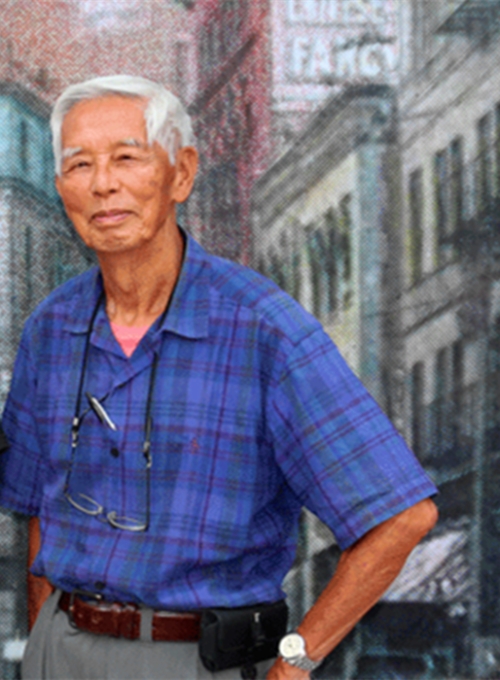
The photo is Professor Tunney Lee, source: Network
The following is the dialogue between Professor Tunney Lee, Honorary Professor of Massachusetts Institute of Technology and A Xiang, a Cantonese student.
Xiang: Will you give some opinions about the relationship between the development of Taishan and the South China Historical Trail?
Tunney: Taishan can be transformed into a resort-oriented destination given its extraordinary resources such as the proximity to the ocean and beautiful hills.
Comparing to Italian villages, Taishan shares similar potential for tourism development. For instance, San Gimignano used to be a village with limited financial condition when I visited it during my school time in 1950s. By preserving the towers and promoting its food, San Gimignano successfully builds its reputation for its cultural heritage. Taishan also has its prestigious food culture with its organic freshness originated from local farms, offering exceptional seafood and vegetables.
Within the expansion of high-speed train network that enables south-eastern cities to be interconnected, Taishan has been placed in a strategical location of an urban corridors reaching Guangzhou in a 2-hour trip distance.
The future urban development of Taishan should also specify different characters of its historical streets renewal projects. While pedestrianizing some streets with commercial fa?ade, some streets can be preserved to maintain their historical style.
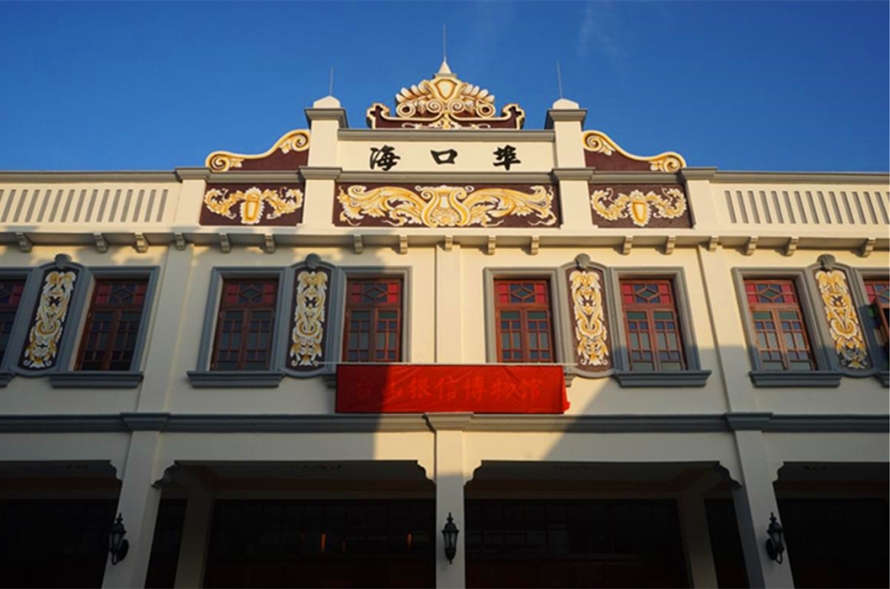
Xiang: The South China Trails is trying to revitalize the old villages by innovatively reutilizing the local cultural heritage. Do you agree with that?
Tunney: Yes, the South China Trails has also well integrated its orienteering event with architecturally interesting element from Taishan village layout. Ronald G. Knapp, in his Chinese Landscapes: The Village As Place(1992), introduced two Taishan village typology including the typical and the seaside villages. Taishan has several clusters of castle buildings and a distinctive plaza space that indicates the commercial history between mainland and Hong Kong. We can further promote this event by enhancing its cultural, architectural, landscape and cuisine connection.
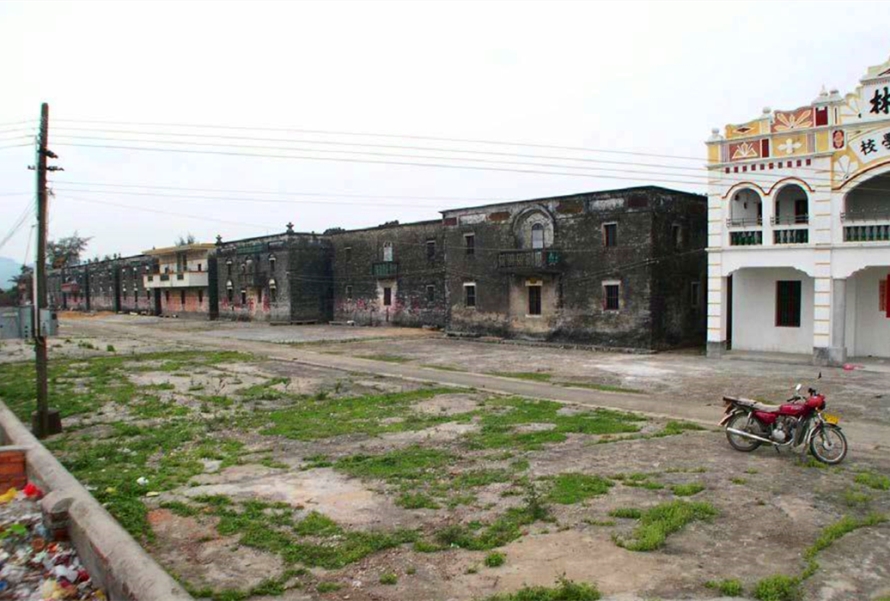
When I visited Taishan, it always reminds me the Tuscan features, lots of potential resources are waiting to be rediscovered following the Italian tourism experience, accompanied with the accessibility to Hong Kong and other metropolitan areas. Compared to Italian regions, the population of pearl river will trigger on opportunity for an even more prosperous tourism market.
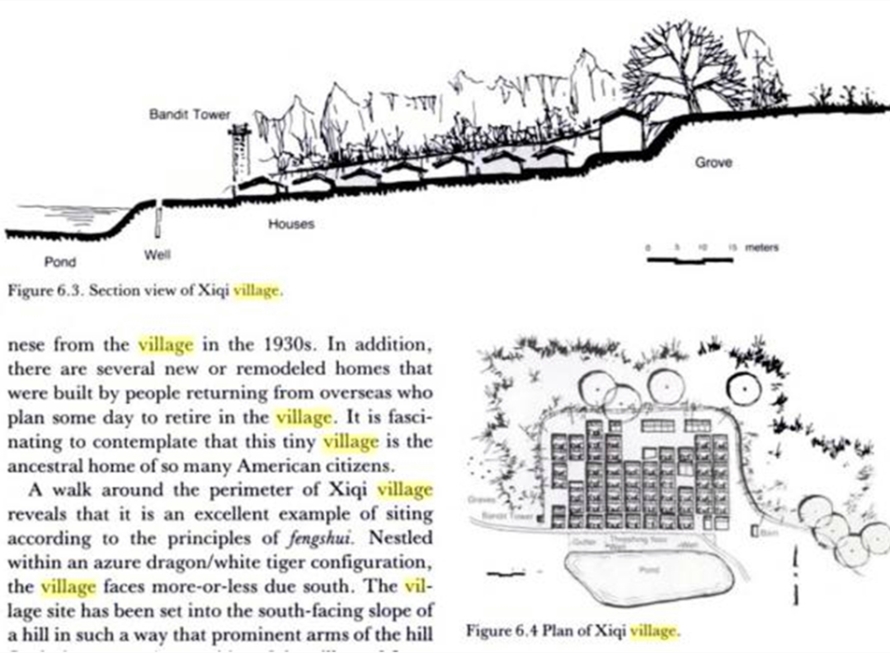
Xiang: Will you give us more suggestions about Taishan and its related villages’ vision on regional scale?
Tunney: Regarding the reginal planning, the eastern side(Guangzhou, Dongguan) has become more industrial while western side seeks for environmental(Zhuhai) and cultural(Zhongshan) development. Taishan should also look for opportunity to establish high value industry instead of trying to compete with eastern side for traditional industry. Eastern side can also learn from Piemonte and Modena regions which commonly have high value industries outside their cities but successfully integrated their high value industry with some related cultural industries.
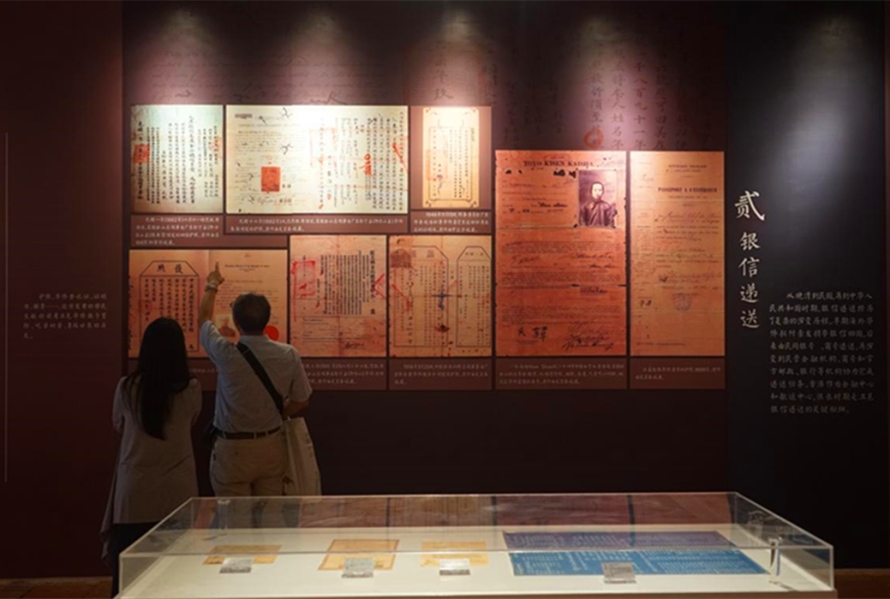
Bibliography:
1. Chinese Landscapes: The Village As Place
edited by Ronald G. Knapp
2. From Resistance to Participation: Clanship and Urban Modernization in the Wuyi
Rural Market Towns during the Republican Era
Tung-Yiu Stan Lai, Weijen Wang
the University of Hong Kong, Hong Kong
The Asian Conference on Arts & Humanities 2013
Official Conference Proceedings 2013
责任编辑:江家敏